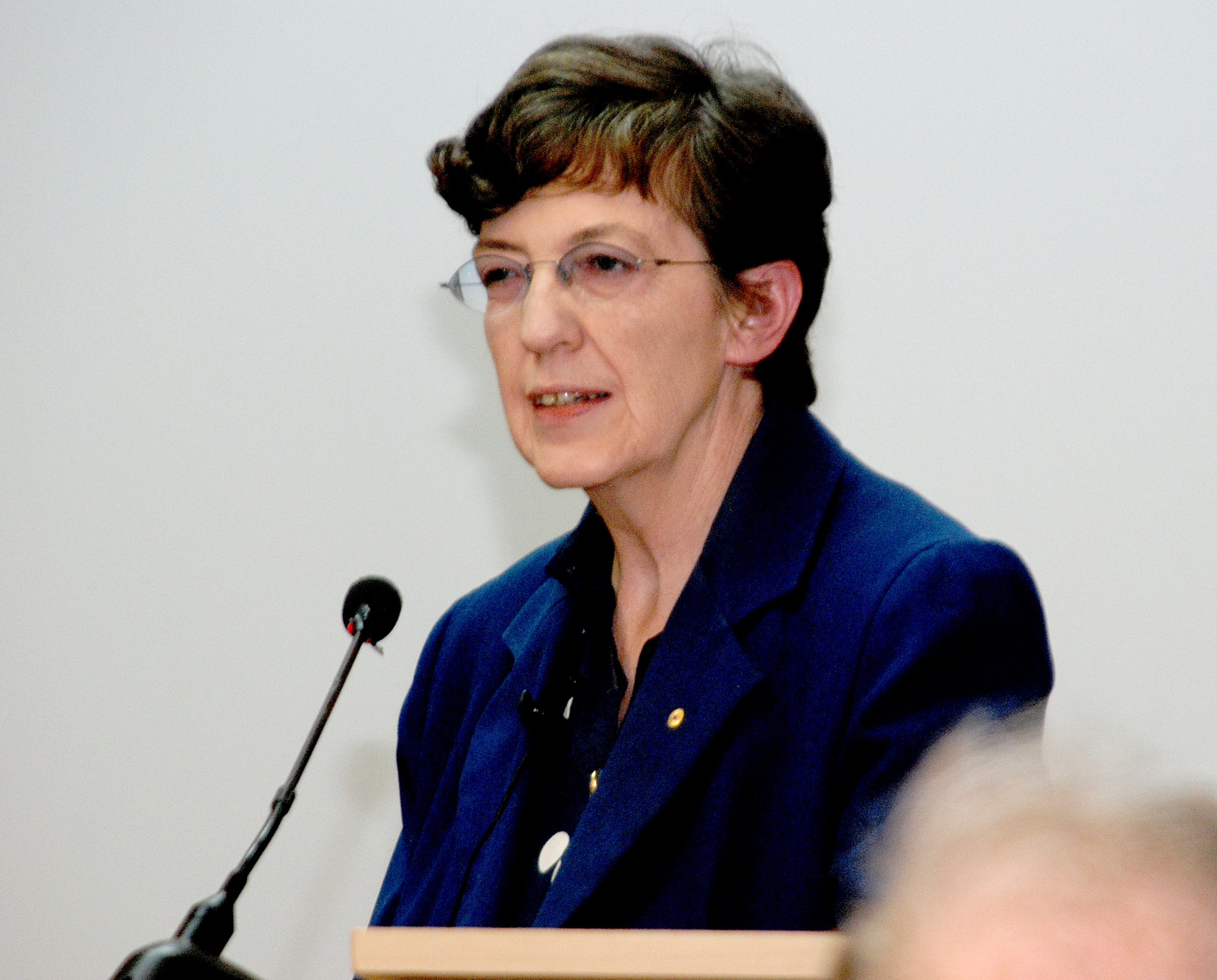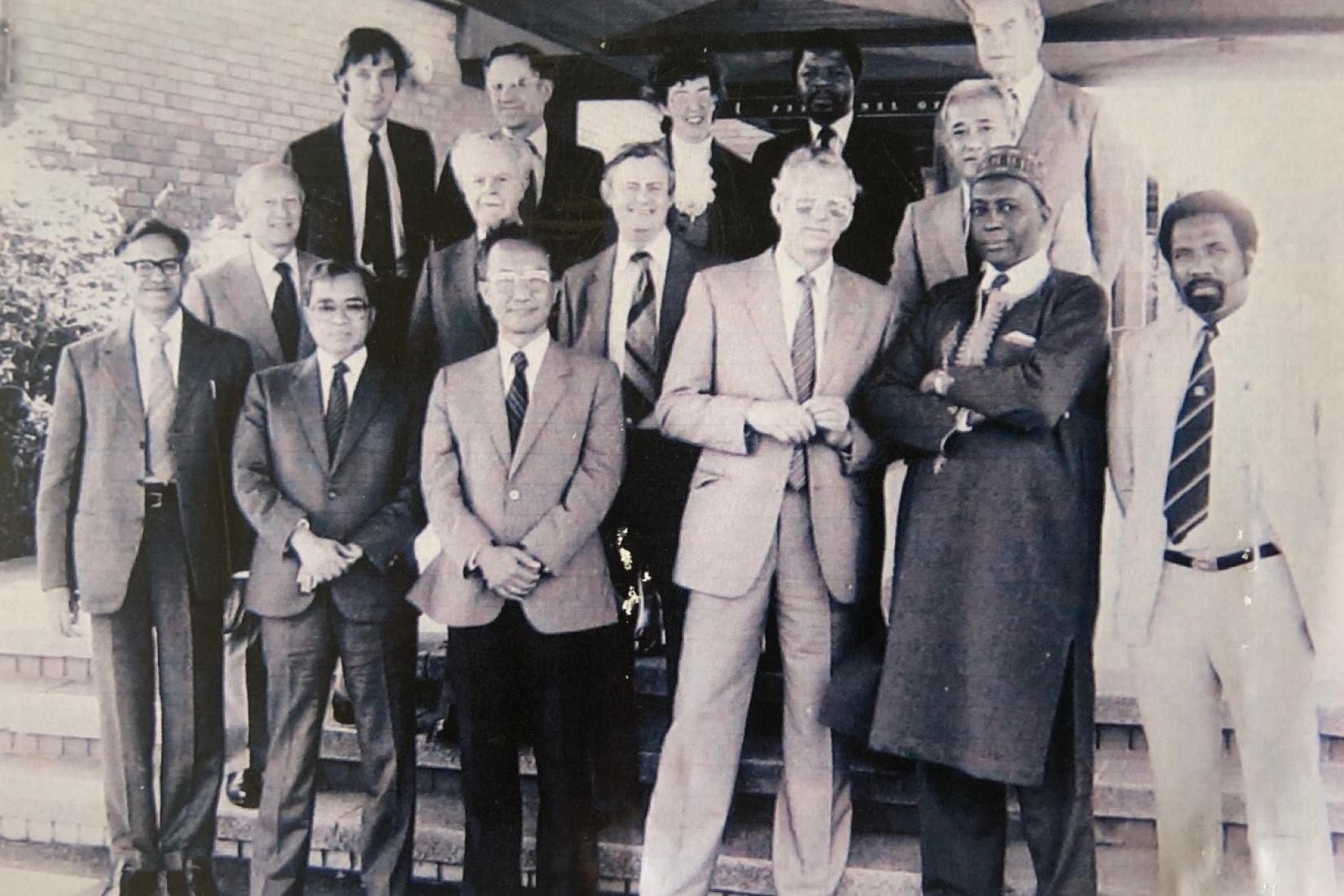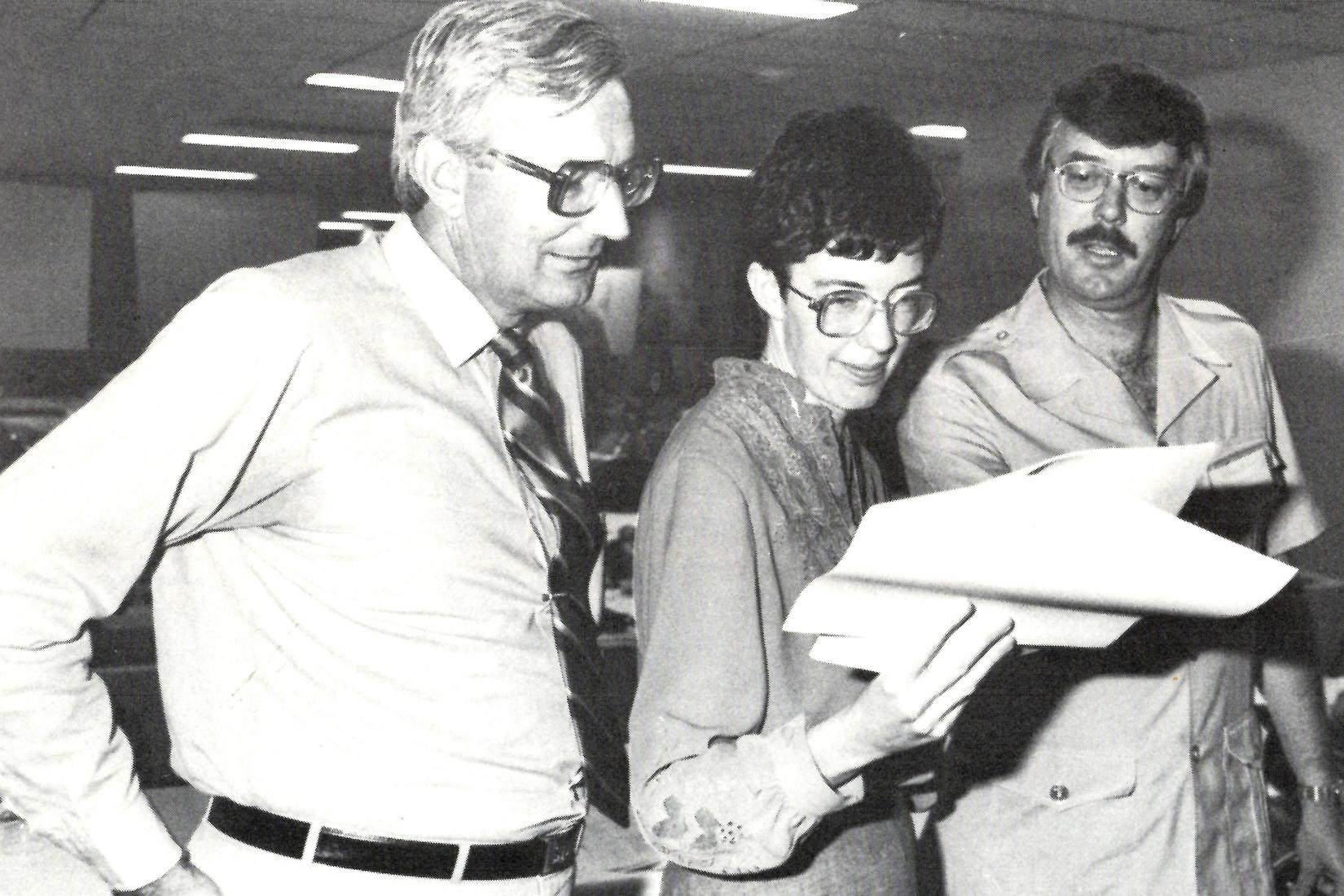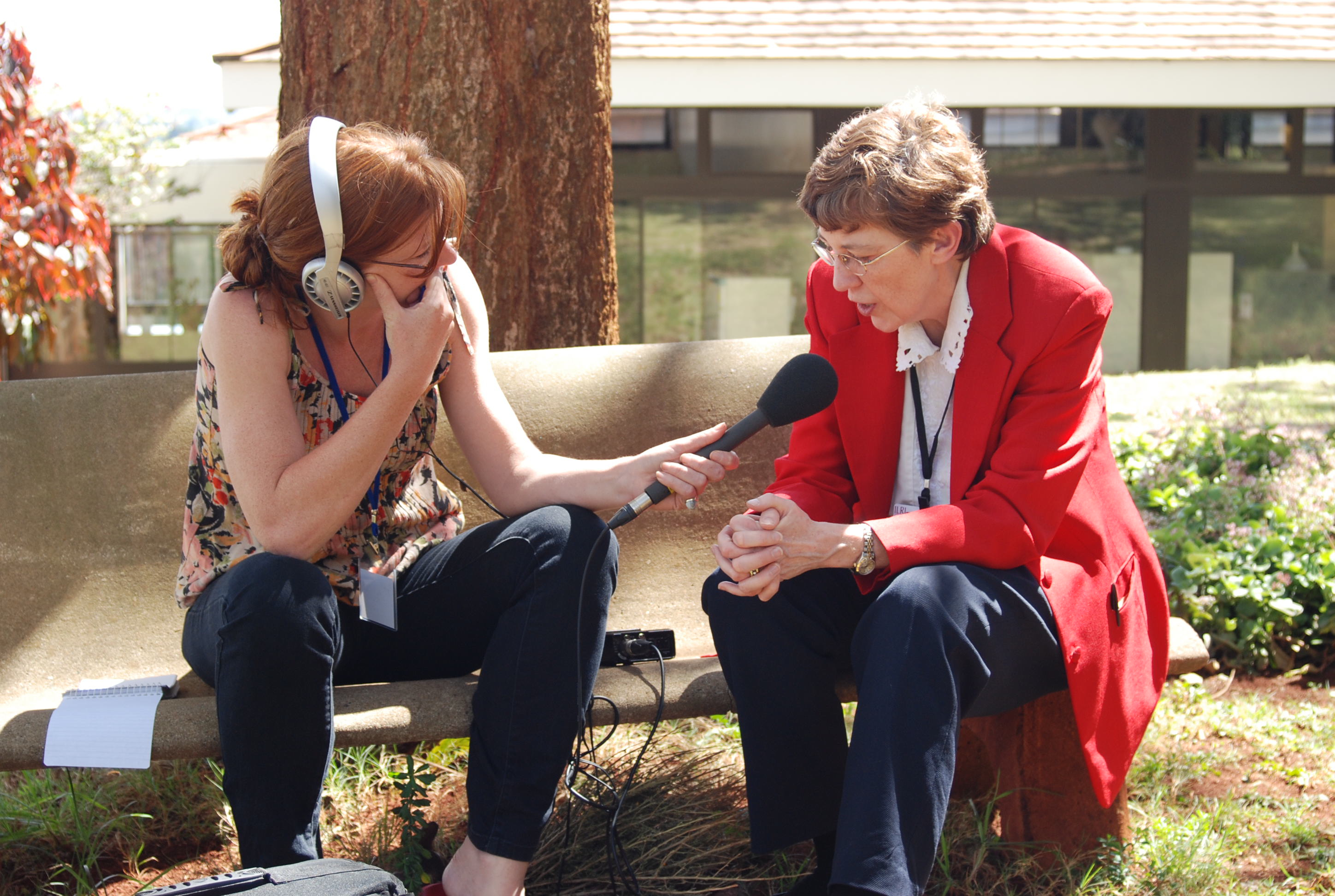ACIAR was the result of a political opportunity meeting a scientific plan. The Australian Government’s overseas aid programs had supported agricultural and rural development projects, mainly in Asia, since the 1960s. These were primarily technical assistance projects, delivered overseas by agricultural consulting companies, that provided individual technical experts from Australia.
There was limited institutional engagement from Australian agricultural scientists, who were developing new technologies such as improved crop varieties, pest and disease control, and animal vaccines to increase the productivity of Australian agriculture. This limitation was recognised by the then Australian Development Assistance Bureau (ADAB). In 1977–78, the ADAB Director, Mr Jim Ingram, established a Science and Technology (S&T) unit within ADAB and a Consultative Committee on Research and Development (CCRD), chaired by Sir John Crawford, Chancellor of ANU.
This CCRD group included representatives of Australia’s national science agency CSIRO, state government departments of agriculture, and universities. Its task was to find ways to increase the engagement of the Australian scientific community in the Australian overseas aid program, including in agricultural research and development (R&D). The agricultural sub-group of CCRD, chaired by Dr Ted Henzell of CSIRO, was particularly concerned with how Australia’s expertise in agricultural R&D could contribute more towards improving agriculture in neighbouring countries, in a more systematic and long-term way than on a project-by-project basis. ADAB also commissioned a study, led by Professor Helen Hughes of ANU, on the feasibility of Australia establishing a broader S&T agency, similar to the Canadian International Development Research Centre (IDRC) addressing agriculture, health and education. Thus, when the timing was right, a plan for an agricultural research initiative within the overseas aid program had been conceived.
The political opportunity arose because the then Australian Prime Minister, Mr Malcom Fraser, was hosting the Commonwealth Heads of Government meeting (CHOGM), in Melbourne (30 September – 7 October 1981). In recognition of hosting the Heads of Government of all Commonwealth countries, Prime Minister Fraser decided he would announce a new Australian aid initiative. Firstly, in January 1981, the Prime Minister sought advice from the then Foreign Minister, Mr Tony Street. Sir John Crawford and the ADAB leadership (Director, Mr Jim Ingram and Deputy Director, Mr Richard Manning), put forward the idea of an agricultural research initiative, based on CCRD’s previous identification of agricultural R&D as an area where the Australian aid program could do better. The concept was to develop an Australian international agricultural research centre that would support research partnerships between scientists in Australia and developing countries to develop solutions to problems of mutual interest that would benefit both Australian and developing country agriculture.






